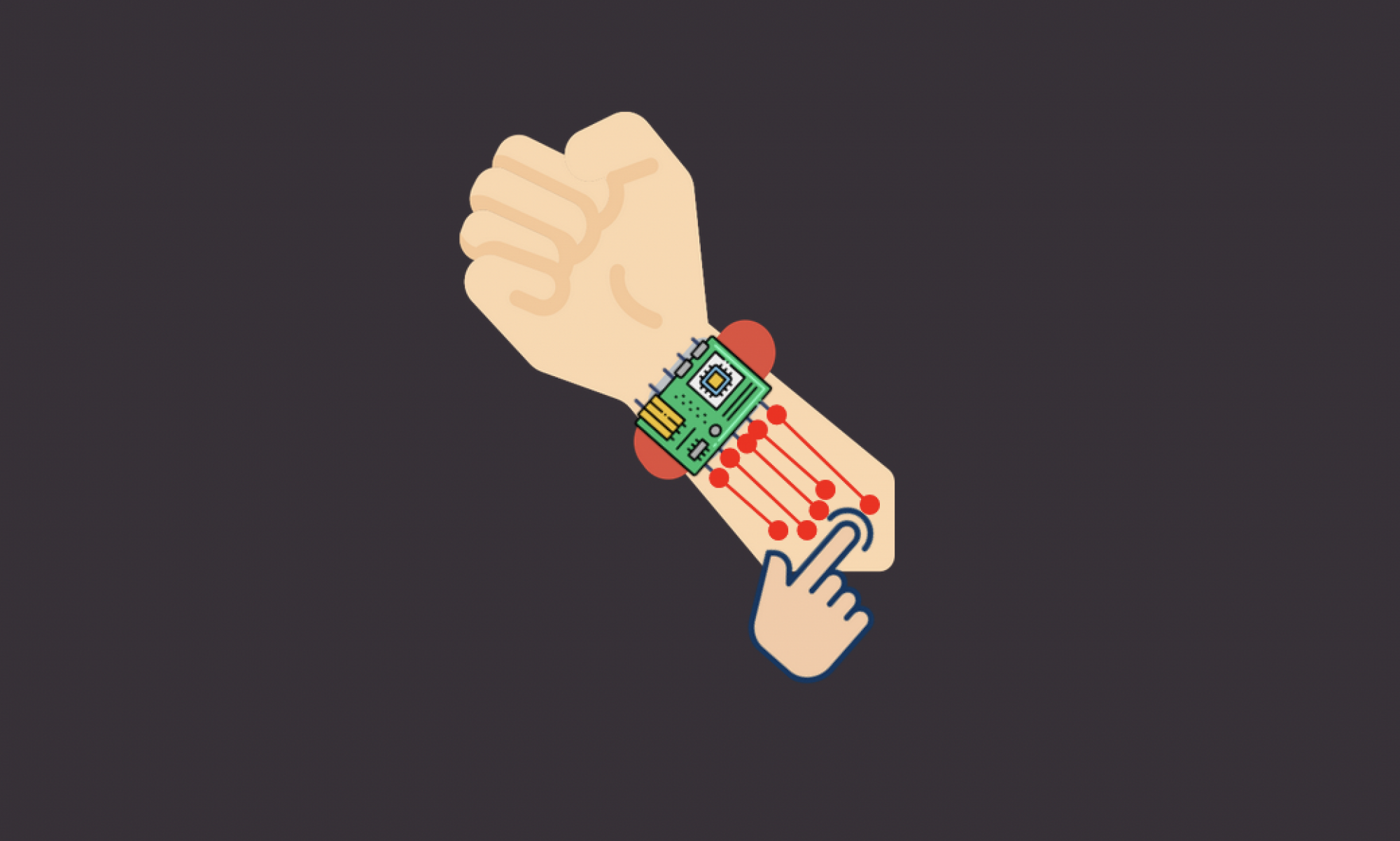This week we worked together a lot on testing our integrated product and fixing individual bugs we had from each of our parts. We mounted our board onto the wristband we bought. We have been testing our algorithm on the new data that reflects user input taken from the arm. Right now we see that there is a lot of noise in the data that causes the model to move in erratic behaviors. Right now I am working on trying to smooth out the noise on my end, while Edward and Anushka also work on filtering out the data on their end as well.
I have created a new rotation algorithm that makes the model rotate at a much smoother pace. When tested on ideal data (data with no noise), it moves at a very smooth consistent rate relative to how fast the user swiped. Before I only had a rough rotation algorithm where the model move based on the distances given to me of the fingers. Now I take into account the timestamps of when the data was taken so I can approximate a relative speed of the user. This change was only for rotations when it was limited to the X axis.
Due to some problems in gesture detection on the sensor side, we are right now planning of getting rid of pinches, since pinching and swiping motion is confusing our ML model. Thus we are thinking of implementing rotation in all degrees to add additional functionality. I have added that functionality in right now. However the translation of the finger locations does not translate intuitively to the model rotation (it rotates in the right direction but not the right angles?). I am working on how to make the swipe made by the user look more like the 3d rotation we would expect to see. We have been talking as a group to see what other functionalities we can include from what we have now and in the time frame left. Some ideas might be detecting taps, or creating a new zoom in scheme that does not involve the traditional pinching motion.
Right now I am also currently working on new ways of getting rid of the unexpected rotation spikes due to noise. I graphed out the data points and decided to try averaging each data point in a swipe and using that as a calculation standard for finger location so that I can try to reduce the effect of noise in the data. I will test that implementation out this week.
Anushka and I also have recut the hologram from plexiglass to fit the dimensions of the display we are going to use for the presentation. We are planning to create the encasing (for light blocking) this week.
